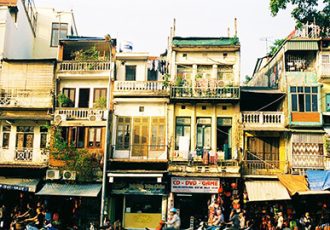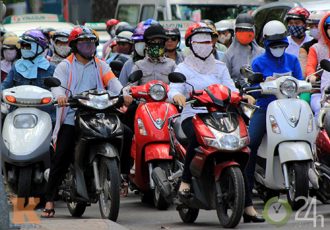Like the river basins that have nourished Vietnam’s agricultural civilization for thousands of years, Vietnamese literature has been fed by two major tributaries: oral literature and written literature of Chinese influence.
Horizon Vietnam Travel offers you a general overview of Vietnamese literature.
Summary
Oral literature
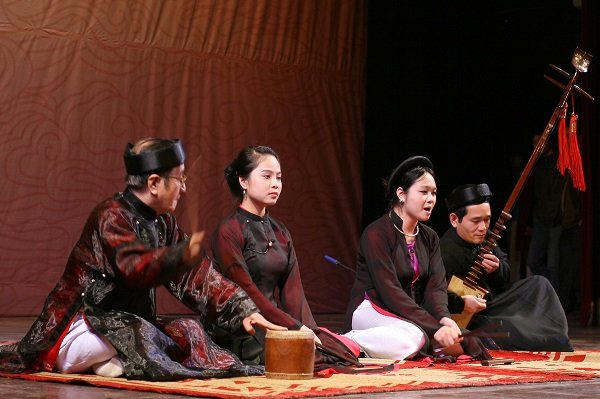
The tradition of oral poetry has its origins in farmers. Indeed, oral poetry is often used in the countryside because it takes the form of prayers and songs to wish for a good harvest. The more beautiful the prose, the more beautiful we imagined the harvest! This is how the first poets were born.
Even today, she has a strong influence on contemporary poetry. His use of words and themes show affection for the country. In oral literature, lyric poetry sung in the first person is called “ca dao” (“folk ballads”). Third-person narratives are called the “ca tru” (“ceremonial songs”) in the north and the “vong co” (“echoes of the past”) in the south.
« Ơn trời mưa nắng phải thì
Nơi thì bừa cạn, nơi thì cày sâu
Công lênh chẳng quản ai đâu
Ngày nay nước bạc, ngày sau cơm vàng. »
Translation: “That the good weather
Promotes rice cultivation
That all the work in the field
Reward our work »
Written literature
The Chinese influence on the written literature of Vietnam is well regarded. During nearly 1,000 years of Chinese rule, most Vietnamese writings were in Chinese. In other words, to express themselves in writing, the Vietnamese had to use the Chinese writing system that represented their ideas. But this was not the case with the speech, we still spoke Vietnamese. After the country’s independence in the 10th century AD, scholars began to develop an ideographic writing system that represented Vietnamese discourse. It is called the “chữ Nôm” (southern script) and existed alongside the Chinese script.
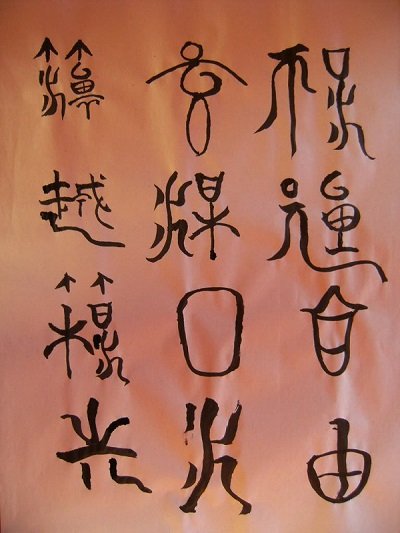
At the beginning of the twentieth century, Chinese and the “chu nom” were suppressed by the Latin alphabet. This alphabet was first proposed in 1651 by Alexander of Rhodes – a Portuguese missionary. The writing system called “Quốc ngữ” (the national script), was much easier to learn than Chinese or “chữ Nôm”. This national writing spread literacy throughout Vietnam.
Period of written literature
Before the tenth century
Vietnamese literature before the tenth century was not necessarily developed but it was a foundation for literature in the following centuries. It was mainly Buddhist literature and religious texts. Some researchers have discovered that the number of authors and works was not numerous, yet his works contributed to the appearance of a new literary period.
From the tenth to the nineteenth century
The choice to write in Chinese or “chữ Nôm” gave authors a wide range of formal and thematic possibilities.
Among them the luc-bat is a method to make poetry, the technique consists in writing the first line of 6 syllables and the second line with 8 syllables. The poem is continued according to this process (six-eight).
Subsequently, the lüshi (regular poem) became the favourite lyrical expression of writers. With lushi, there are as many syllables in each line.
The latter form reached aesthetic heights in the 19th century, with poets such as author Ho Xuan Huong, who composed regulated verse poems that were complete double meanings, filled with tonal puns.
Much of the literature was produced by Buddhist monks of the Zen school. In the 10th and 11th centuries, a collection of Buddhist biographies and verses entitled “Thien uyen tap anh” (literally “Flowers of the Garden of Zen”, included works by famous monks such as Van Hanh, Man Giac, Vien Chieu, etc.
At the end of the thirteenth century, with the Buddhist sect Truc Lam (“bamboo forest”) under the patronage of King Tran Nhan Tong, this mark of Buddhism, as a state religion, was still the main influence of literature. However, as Confucianism became an increasingly reliable tool for governing and defending Vietnam, the place of literary talent gradually shifted to senior court officials and statesmen such as Nguyen Trai in the fifteenth century or Nguyen Binh Khiem in the sixteenth.

In the 19th century, Nguyen Du was the most famous poet in this period with his “Truyen Kieu” (The Tale of Kieu). Written in “chữ Nôm” with 3,253 luc-bat phrases from the oral folk tradition, “The Tale of Kieu” is considered to be the most important Vietnamese literary work that narrates concerns for individual freedom and feelings of fate related to karma.
In the first half of the 19th century, Vietnamese society and culture were affected by Western civilisation through French colonialism.
Some other works: “Great Proclamation of the Pacification of the Chinese” – Nguyễn Trãi, “Edict on the Transfer of the Capital” – Lý Công Uẩn
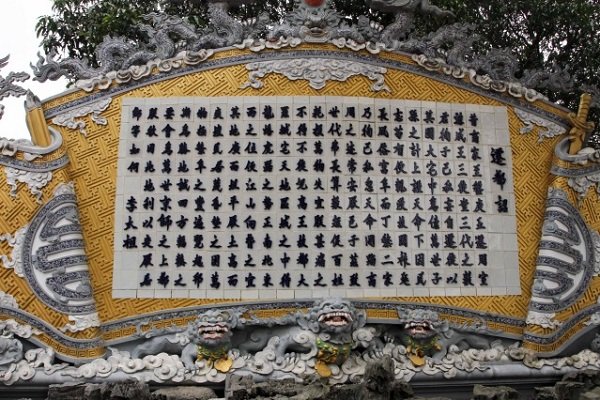
From 1900 to 1930
The process of urbanization at the beginning of the twentieth century in Vietnam had created the appearance of publishing houses, newspapers and magazines. The role of cultural and spiritual life had shifted from the Confucian scholar to western intellectuals. This fact led Vietnamese literature to the first stage of modernization during the first three decades of the twentieth century.
During these first three decades, there were some important changes to make literature more successful. It was from Chinese to the Latin alphabet, from writing to printing, etc.
This period is considered the period of transition, from the medieval period to the period of modern literature.
Some other works: “Tố Tâm” – Hoàng Ngọc Phách, “Who could do that?” – Hồ Biểu Chánh
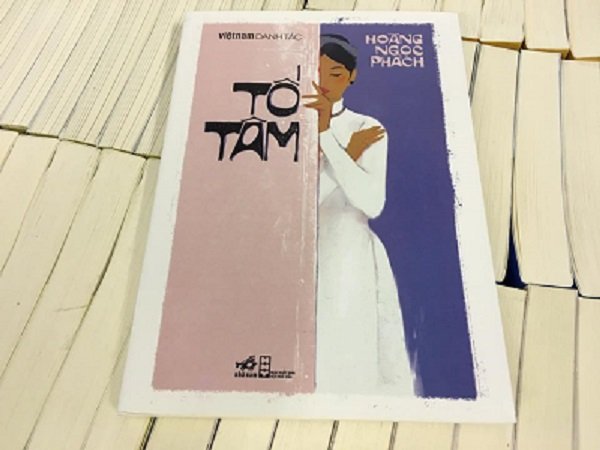
From 1930 to 1945

There was a boom in Vietnamese literature from 1930 to 1945. Vietnamese scholars highly appreciate the great changes of this period.
Vietnamese literature at that time can be divided into three categories:
– The first was the romantic category in which the main content expressed the ego of the writers.
– Then: it was the realist literature that described the facts of life, especially the reality of the working class who were the majority of society.
– The last one was called “revolutionary literature” or “resistance literature”. It is written by Vietnamese prisoners of French colonialism. This category described the process of struggle of the fighters for the independence of Vietnam.
This is why many novels and short stories were written at that time and were chosen for the study programs. They were very useful in teaching Vietnamese history and literature with historical and cultural values
Some works: “When the lamp goes out” – Ngô Tất Tố, “The fabulous destiny of Xuan the Red” – Vũ Trọng Phụng
From 1945 to 1975
After the “August Revolution” to declare the country’s independence in 1945, Vietnam began a new historical process. Meanwhile, politics has seriously affected literature. Under the guidance of the Vietnamese Communist Party, Vietnamese literature must serve politics. Literature encouraged the fighting spirit of people in the struggle against the French and Americans. In this period, the works were composed mainly in the context of wars.
In 1945, more than 90% of the Vietnamese population was illiterate. However, a large group of writers who were previously illiterate farmers and workers was formed, which is considered an achievement in the national literature.
Some works: “The Country” – Nguyễn Đình Thi, “Soldiers” – Chính Hữu
From 1975 to today:

From 1975, Vietnamese literature continued its development. From 1986, with the process of “Đổi Mới” (Renewal), Vietnamese literature had changed in nature. It was to better adapt to post-war life. The public is more interested in works about rural life, the lives of Vietnamese youth today and Vietnamese culture.
Foreign readers get acquainted with contemporary writers like Bao Ninh, Nguyen Nhat Anh, Nguyen Ngoc Tu, etc. For example, Nguyen Nhat Anh’s “Return to Childhood Ticket” was translated into Thai in 2011 and translated into Korean in 2013. In 2014, the book was translated into English and presented to Americans. Poet Mai Van Phan created a phenomenon with five poems translated and promoted abroad by a British publisher.
In recent years, several Vietnamese authors have received international awards for their literary translations.
Some works: “The trace of a soldier” – Nguyễn Minh Châu, “When spring comes” – Hữu Thỉnh
Some popular works in Vietnamese literature
“Lão Hạc” (M. Hac, The Poor Old Man) (1943 – author Nam Cao)
Mr. Hac was a poor farmer. His wife died and he had only a garden and a son. Lacking money to marry his wife, the son was disappointed and left home. Since then, Mr. Hac has lived with the dog. But after that, he even had to sell his dog to get some money for his son. He sent this money to the neighbour who was a teacher and then asked Binh Tu, another neighbour, for some poison for the dog. Then suddenly, Mr. Hac died. No one knew the reason except the teacher and Binh Tu…
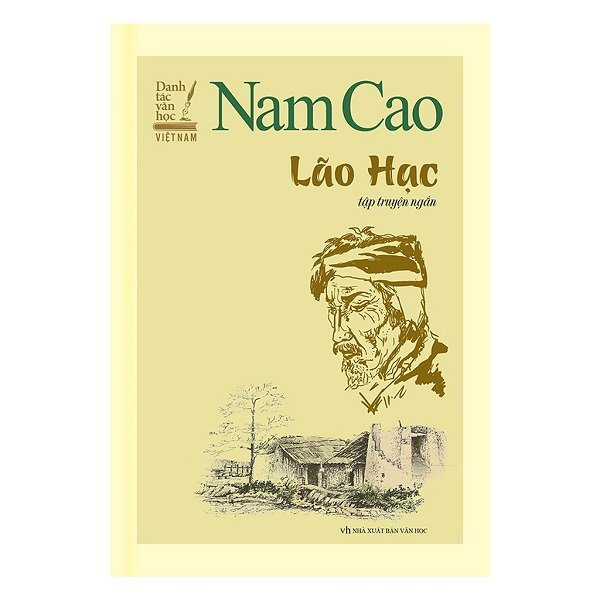
“Vợ chồng A Phủ” (Mr. and Mrs. A Phu) (1952 – author Tô Hoài)
My – a beautiful poor girl was kidnapped and arrested to become the daughter-in-law of Pa Tra – the village chief. She had to work very hard at Pa Tra. A Phu was a poor but brave young man who had to pay a fine to Pa Tra’s family. Without money, A Phu became Pa Tra’s servant. Once A Phu made a mistake, so he was tied up in front of the house. At night, My couldn’t sleep because she was cold and she saw that A Phu was about to die. She broke away for him and the two escaped from Pa Tra’s family.
They got married and started a happy new life in another village. Then they met A Chau who was a communist. Together with the inhabitants of this village, they fought the French to protect the village.
Horizon Vietnam Travel hopes that this article will be useful to you and will give you a good overview of Vietnamese literature!


